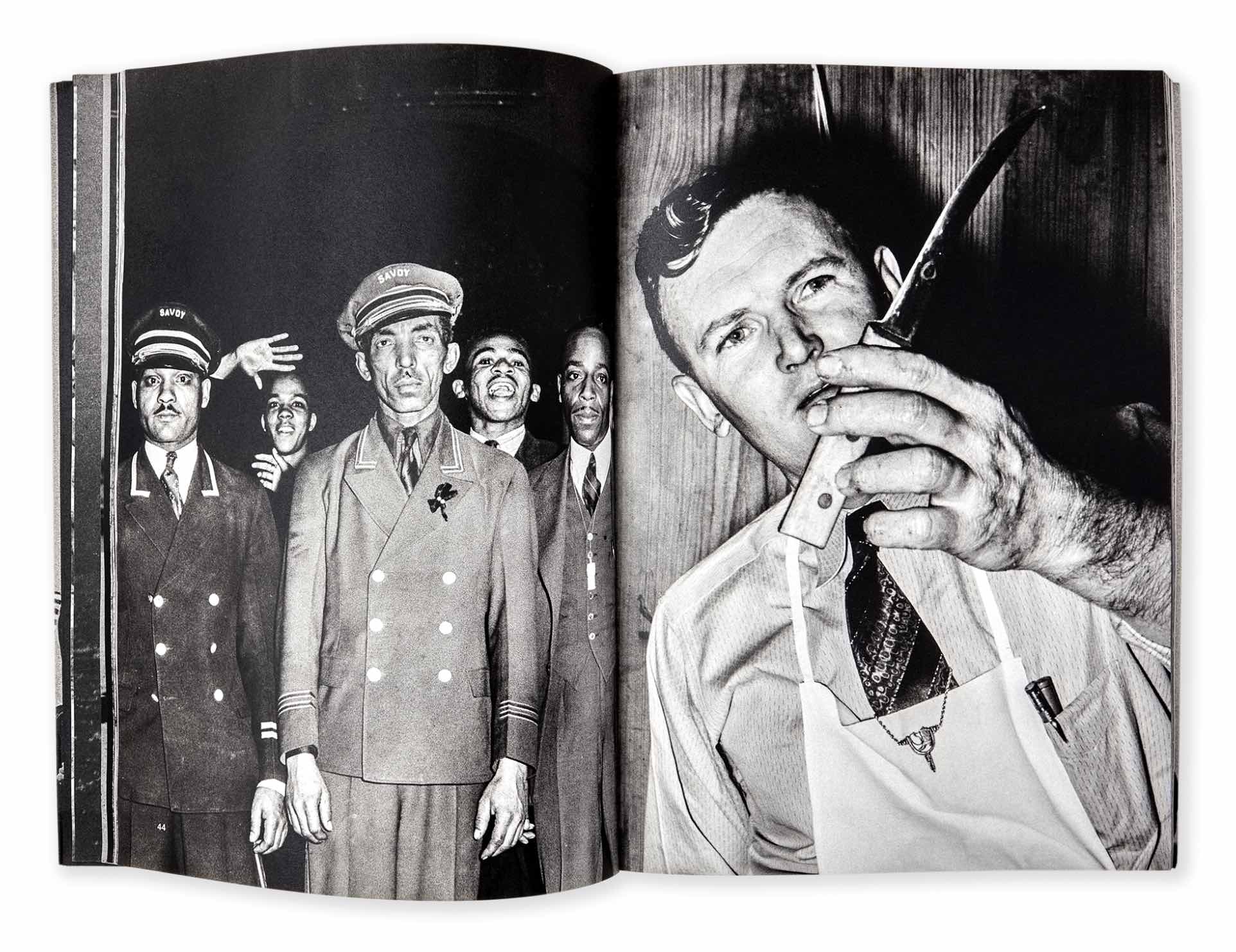
The Great Depression was a time when the economic meltdown affected the entire world. This decade, from 1929 to 1939, was also a period when various photographers and photojournalists created some of the most excellent photographs. For instance, Dorothea Lange’s image of a migrant mother and her children live in the annals of our history. The image collectively captured the desperation and misery that people faced, especially those from the lower-income groups. And now, a new photo book offers a new perspective on a few images from this era. Titled Omen: Phantasmagoria at the Farm Security Administration Archive, 1935–1944, it is set out to uncover a history that hides in front of our eyes.
All the images are screenshots.
The photo book looks at the archive of the Farm Security Administration, which is one of the lesser-known chapters in the Great Depression decade. Published this year, Omen looks at the works of famous photographers from that era, including Dorothea Lange, Walker Evans, and Russell Lee. Each of them was responsible for capturing FSA, a new program that was designed to document and archive the challenges faced by Americans in poor, rural areas. At that time, photography was used to promote the efforts taken by the government to help those hit by the economic decline.
While today, many of these images are considered iconic as they represent poverty in utmost honesty, Omen looks at these images differently. With the help of Mexican designer León Muñoz Santini and Colombian photographer Jorge Panchoaga, the photo book depicts 124 images, which have been enlarged, cropped, or rearranged to highlight details in the background. For instance, an image showcases a lady’s withered hands, and shrunk fruit trees are just opposite the page.

Through such juxtaposition or reframing of the narrative, viewers can now see the narrative hiding behind the story of resilience and the human spirit. The photo book is a collection of forgotten images that also highlight the repeated systemic violence, social injustice, and contradictions in the country’s history. This narrative is far darker and ominous than the one that we have been taught in school. In many ways, the photo book also holds a mirror to what we face today in our scenario.

In addition to the photographs, American writer and poet Lucy Ives also shares her writing to put the images in more context. She uses the themes of memory, loss, and historical revision to highlight what is happening to the viewers. The images were once the government’s propaganda to bring unity to the country, but now, we see that came at the cost of pain for many marginalized people.
Omen also highlights a critical topic that is prevalent even today: racial inequalities. An example is a powerful spread in the photo book, where a group of white men is seen taste-tasting meat with bling folds, while on the other side, we see Black Americans waiting in line to get food with empty plates in their hands. This juxtaposition can be seen as the white individuals being blind to the struggles of their Black American counterparts.
Through this photo book, the writer and editor shake us up from reverie that depicts America’s rise from the Great Depression as a positive discourse. This happened at the cost of erasing the challenges faced by many people, which have now been forgotten under a new wave of patriotism since Donald Trump’s presidency. Omen, thus, reminds us that these struggles persist even today, and it urges viewers to think critically about not just the past but also the present.
Omen: Phantasmagoria at the Farm Security Administration Archive, 1935–1944, is now available for purchase.

